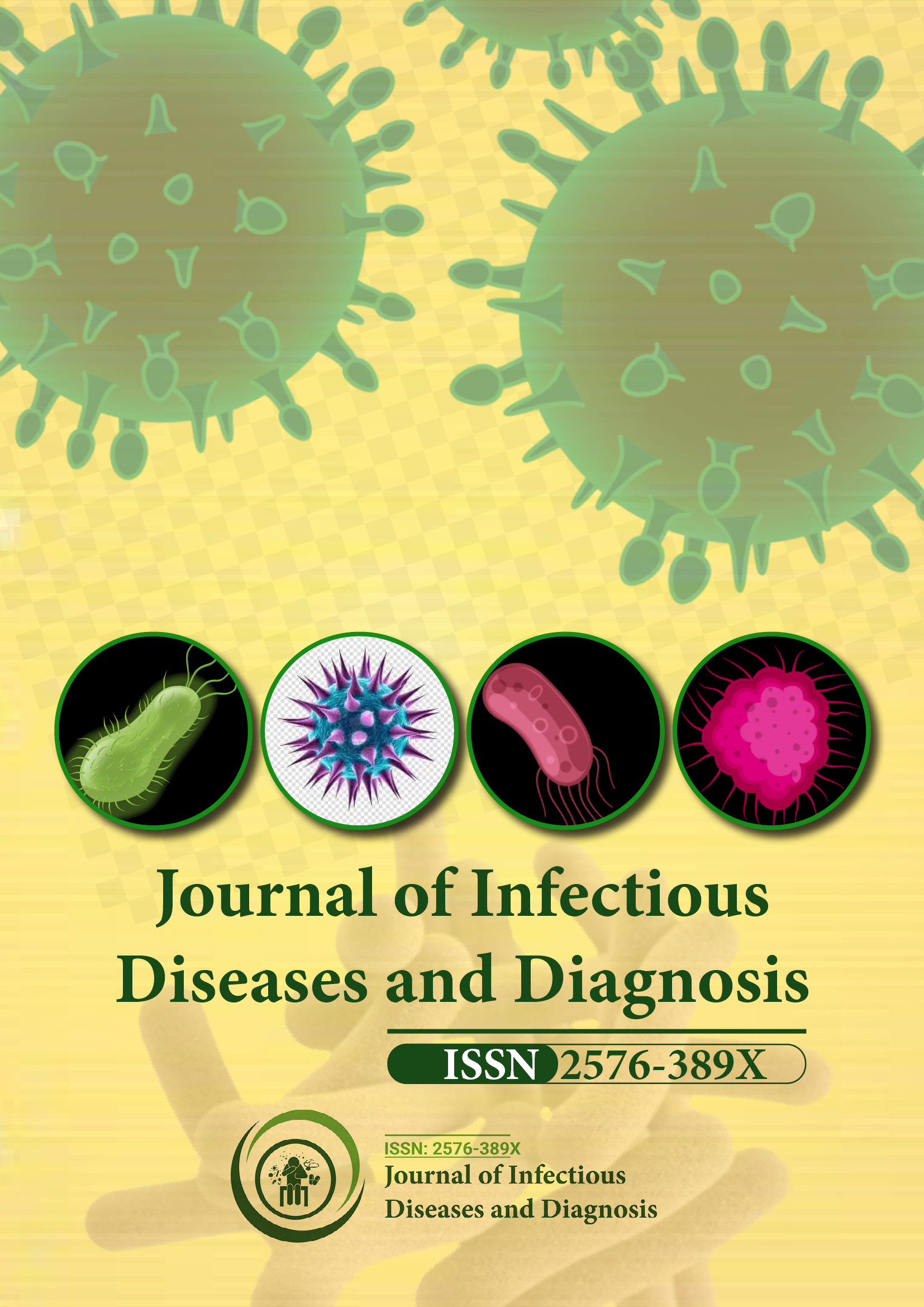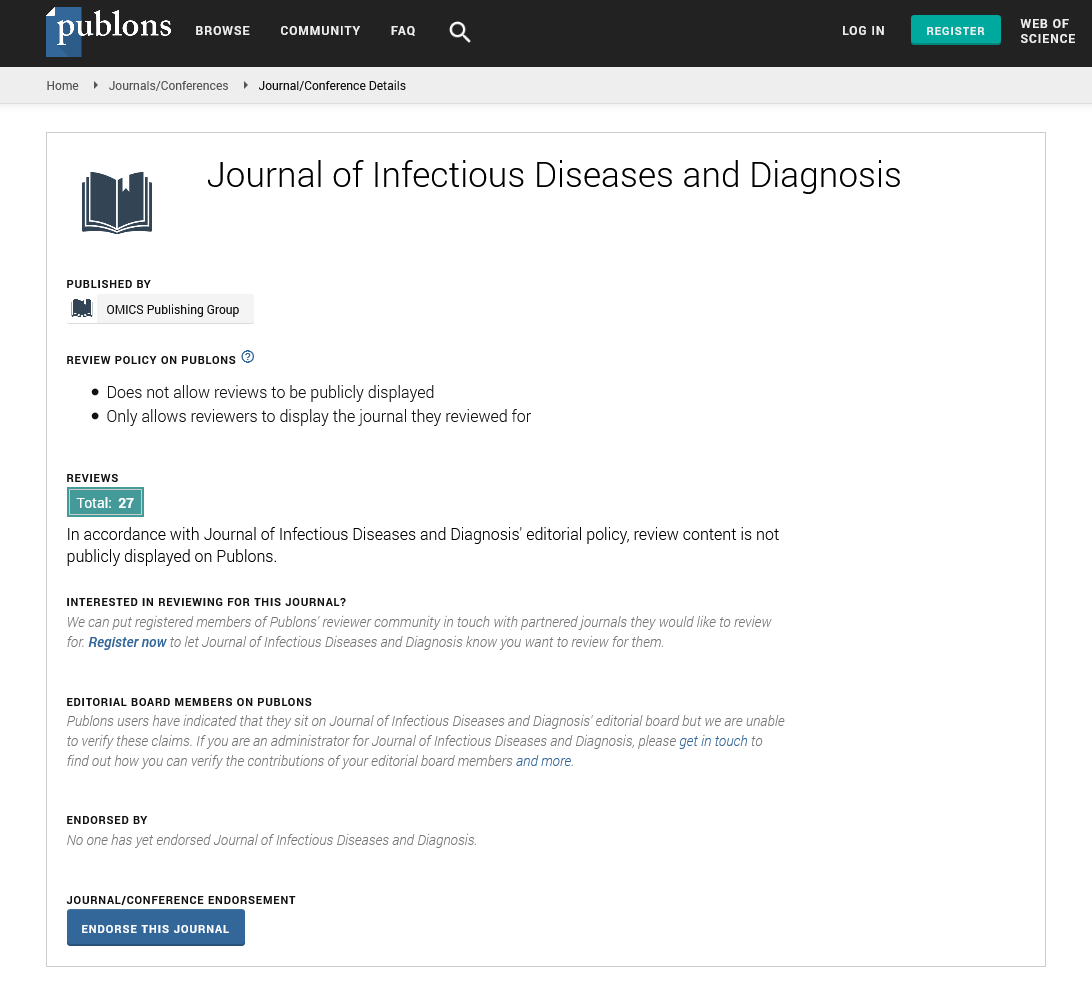Indexed In
- RefSeek
- Hamdard University
- EBSCO A-Z
- Publons
- Euro Pub
- Google Scholar
Useful Links
Share This Page
Journal Flyer

Open Access Journals
- Agri and Aquaculture
- Biochemistry
- Bioinformatics & Systems Biology
- Business & Management
- Chemistry
- Clinical Sciences
- Engineering
- Food & Nutrition
- General Science
- Genetics & Molecular Biology
- Immunology & Microbiology
- Medical Sciences
- Neuroscience & Psychology
- Nursing & Health Care
- Pharmaceutical Sciences
Abstract
Epidemiology of Measles in West Arsi Zone, Oromia Region, Ethiopia: 2011-2015
Tesfaye Solomon*, Mamo Nigatu and Birhanu Areda
Background: Measles is a leading vaccine-preventable childhood disease, which has been designated for elimination. Despite the success of measles control, measles is still responsible for 145,700 deaths worldwide each year, with many of the outbreaks in developing countries including Ethiopia. We analyzed to characterize the epidemiology of measles and recommend better prevention and control strategies in West Arsi Zone, Ethiopia.
Methods: Data from 2011–2015 from the Public Health Emergency Management Unit of the West Arsi Zonal Health Department database were obtained using a semi-standard checklist. We analyzed and described the data by person, place, and time.
Results: We identified 1735 cases of measles between 2011-2015. The annual average measles incidence rate during 2011-2014 was 3.4/100,000 while the incidence rate in 2015 was 14/100,000. During 2011-2015, most of the cases occurred in children age less than 15 years old (87%), and 33 % were under five. Measles cases were reported every month, and March had the highest number of cases (24%). The districts with the highest incidence rates of measles had high routine measles vaccination coverage’s. The proportion of districts with an annual detection rate for nonmeasles febrile rash was 67% both in 2014 and 2015 which was below the national target (>80%).
Conclusions: Measles outbreaks in children in 2015 in an area with high routine vaccination coverage were identified. We recommended improving the surveillance system, vaccine cold chain management, and supplement measles vaccination targeting children less than 15 years old in all districts and it should be implemented before the start of the dry season (at the beginning of January).
Published Date: 2021-08-24; Received Date: 2021-08-03

